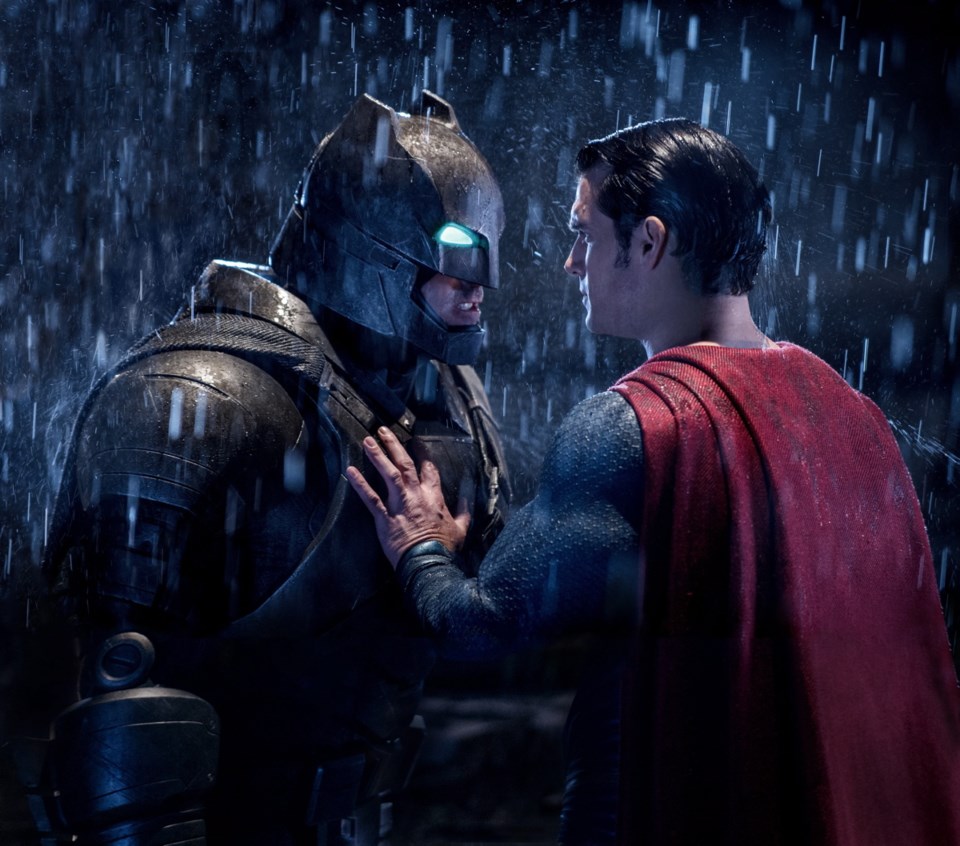A University of Victoria professor who uses superheroes such as Batman to demonstrate elements of science believes it’s time for his caped crusaders to get real about concussions.
Professor E. Paul Zehr, a neuroscientist at UVic and director of the Centre for Biomedical Research, had a paper published this month in the British Journal of Sports Medicine highlighting the dangers of head injuries and their cumulative effect. He titled it: “Can Concussion Constrain the Caped Crusader?”
Zehr and Dr. Bruce Wright, head of the division of medical sciences and regional associate dean of medicine (Island Medical Program), became alarmed by the impossible level of head traumas to which Batman is exposed in recent movies.
“The movies are like a lens of what our society thinks is OK to show and do,” Zehr said. “So if we trivialize head injury all the time, how can we expect to respond in a serious way when it happens in real life?”
Zehr is a popular speaker both at universities and comic conferences, and has written three books — Becoming Batman (2008), Inventing Ironman (2011) and Project Superhero (2014) — all of which examine the myths of superheroes to explore scientific concepts.
People enjoy the Batman myth because the character is a real human being, Zehr said. Training, ingenuity and inventive technology turn him into a superhero, however. In his first book, Zehr used Batman as a metaphor for what is medically possible for a real person.
“There are real things in the Batman myth you can aspire to, but you can’t withstand the amount of head trauma he gets,” Zehr said. “It’s time for the [Batman] metaphor to grow up a little bit.”
In the latest paper, the authors track the number of concussion events, incidents that would cause trauma to the head, in 10 Batman movies, going back to the 1943 black-and-white serial movie Batman.
They found the most recent movie, Batman v Superman, topped the list with 11 head traumas per hour. The previous movie, The Dark Knight Rises (2012,) had only slightly fewer.
The previous seven movies, from The Dark Knight (2008) to Batman and Robin (1949), depict an average of between four and five concussive events per hour.
Interestingly, head traumas shoot back up to just under 10 events in the 1943 movie.
“But in that case, it’s because Batman is such a hopeless fighter,” Zehr said. “He is constantly getting pounded in the head.”
Zehr said the latest movie, in which Batman, equipped with a special suit, goes up against Superman and gets thrown around, even through buildings, reaches a gratuitous, impossible level of violence.
Not only does the picture depict far and above the level of trauma any human could withstand, it overlooks the cumulative effect of concussions.
Zehr noted that the NFL and NHL are struggling to deal with chronic traumatic encephalopathy, or CTE, the decline in brain function linked to repeated concussions. He worries that watching violent movies or damaging sports spectacles has made us cavalier about head injuries, that we are so determined to witness violent spectacle, we are becoming willfully ignorant about the medical consequences.
“What we would like to see is movies and popular cultures that regard head injury like smoking,” he said. “We don’t make smoking this sexy thing that’s the greatest thing ever anymore.
“When something becomes a health issue, we shouldn’t be glorifying it.”
